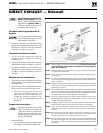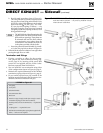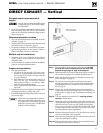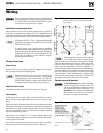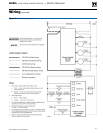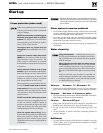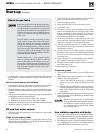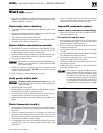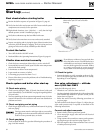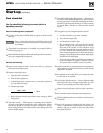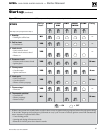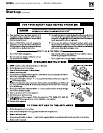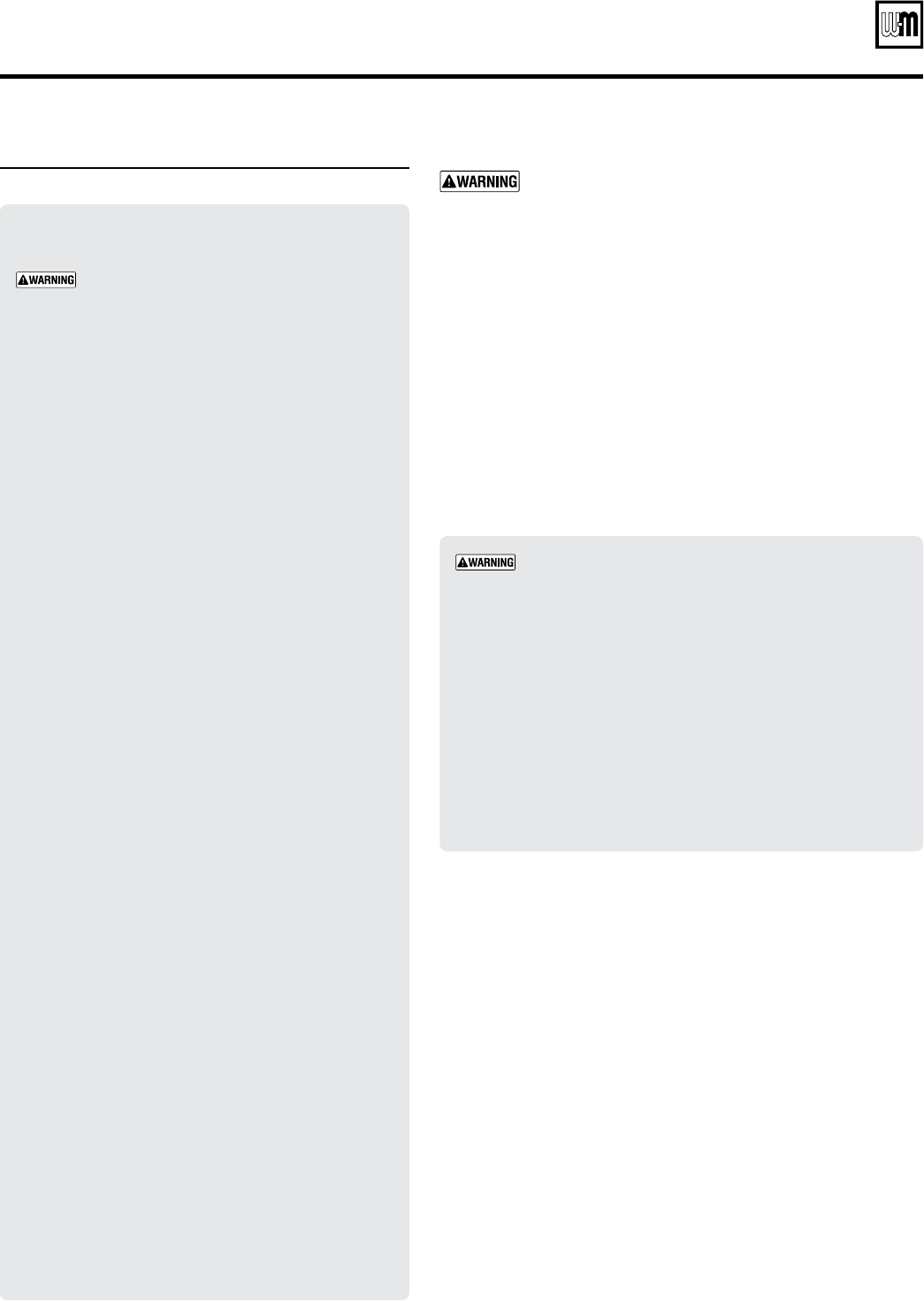
Part number 550-142-054/0411
59
GV90+ gas-fired water boiler — Boiler Manual
Start-up
Eliminate all system leaks. Continual fresh makeup water
will reduce boiler life. Minerals can build up in sections,
reducing heat transfer, overheating cast iron, and causing
section failure.
Clean system to remove sediment
1. You must thoroughly flush the system (without boiler connected)
to remove sediment. Sediment can affect chemical treatment of the
system and can damage system components.
2. For zoned systems, flush each zone separately through a purge
valve. (If purge valves and isolation valves are not already installed,
install them to properly clean the system.)
3. Flush system until water runs clean and you are sure piping is free
of sediment.
Water chemistry
Using softened water — Softened water can be corro-
sive. Pay special attention to the inhibitor level, follow-
ing the instructions in this manual and those supplied
with the inhibitor.
Water chemistry must be within the limits listed in
the following
. If the water differs in any way, consult
a water treatment company to set up a treatment pro-
gram to control the system water within these limits at
the time of initial fill and throughout system operating
life.
Failure to maintain water chemistry as specified can
result in damage to the boiler and system components,
resulting in potential for severe personal injury, death
or substantial property damage.
Water pH: Minimum = 7.0 | Maximum = 8.5
1. Maintain boiler water pH between 7.0 and 8.5. Check with litmus
paper or have chemically analyzed by water treatment company.
Hardness: Maximum = 6.0 grains per gallon
1. The water hardness must comply with the maximum value above.
High hardness will cause scale accumulation.
Chlorine: Maximum 200 ppm
1. Filling with chlorinated fresh water should be acceptable since
drinking water chlorine levels are typically less than 5 ppm.
2. Do not use the boiler to directly heat swimming pool or spa
water.
3. Do not fill boiler or operate with water containing chlorine in
excess of 200 ppm.
Antifreeze
1. Use only antifreeze listed by Weil-McLain as suitable for use with
GV90+ boilers. A list of approved antifreeze products is available
at www.Weil-McLain.com.
Freeze protection (when used)
Follow these guidelines to prevent possibility
of severe personal injury, death or substantial
property damage:
NEVER use automotive or standard glycol
antifreeze
, even glycol made for hydronic
systems
. Use only freeze-prevention fluids
recommended by Weil-McLain for applica-
tion in GV90+ Boiler systems.
Thoroughly flush any system that has
used glycol
before installing the new GV90+
boiler.
Review the material safety data sheet
(MSDS)
for the fluid used with the boiler
owner and leave a copy for reference. The
MSDS contains information on potential
hazards and first aid procedures for exposure
or ingestion.
Check antifreeze inhibitor level at least
annually
. Glycol concentration and inhibitor
levels may change over time. Add antifreeze
to increase concentration if necessary. Add
inhibitor as needed to bring to acceptable
level, using inhibitor test kit to verify.
When using freeze protection fluid with au-
tomatic fill,
install a water meter to monitor
water make-up
. Freeze protection fluid may
leak before the water begins to leak, causing
concentration to drop, reducing the freeze
protection level.
DO NOT exceed 50% antifreeze by volume.
Antifreeze moves more sluggishly than wa-
ter and can interfere with heat transfer. At
antifreeze concentrations higher than 50%,
sludge can develop in the boiler, potentially
causing damage to the heat exchanger.
Clean the system before filling. Always
drain and flush the system thoroughly before
filling with antifreeze. Sludge, iron oxide
deposits and other sediment in the system
inhibit flow and can cause rapid breakdown
of inhibitors.
Figure 71 Freeze protection guidelines



